The older flyer is pretty fully recovered from his cat attack and will overwinter with me now. Below are a couple of obligatory cute shots of him.
The beak was actually healing nicely, but he lost sight in his “good” eye and the damaged one began to shrivel. At this point, our only option was to euthanize the poor fellow.
The first year red tail from the Nov. update continues to progress nicely. She goes in next week for another x-ray. This shot was taken at Smalley’s a couple of weeks ago, on her last visit. Doesn’t she look festive, thanks to vet Shelley Baumann?
I took the flyer and didn’t hold out much hope, frankly. He was dehydrated, underweight, had diarrhea, and began having seizures, as well. Monday morning we headed to Smalley’s, where vet Peggy Hobby and I discussed possible treatment options. We tried an injection of vitamins given to animals when they’re malnourished, and I called a squirrels-only rehabber, Sarah Rowe, of Columbus, GA, to see what else she recommended. Between the three of us, we came up with a treatment plan that we were honestly not sure would save his little life. In fact, that night, he began having grand mal seizures, one after another, which was a horrifying thing to watch.
Okay, deep breath here, and on to a “kudos to you” tale. The huge (nearly 4 lbs!) adult female red tail pictured below was spotted by an individual who watched her for nearly an hour before deciding that she was in distress. This was a perfectly reasonable course of action, and I applaud this person for having the presence of mind to observe closely before taking action. When I got her, my initial exam indicated nothing was broken and she didn’t show signs of any of the common diseases red tails are prone to, so I decided to have my wonderful vets at Smalley’s take a look at her to see if I’d missed anything. In the time it took me to get her to the clinic, she started bleeding from the beak—NOT a good sign.
For those of you who don’t understand how rat poison works, when the rodent ingests the poison, it causes internal bleeding. The animal bleeds to death. While it’s dying, however, it’s slow and easy prey for a raptor, who then ingests the poison second-hand and, if not treated in time, will also bleed to death. This is why I’m adamantly against poisons, insecticides, pesticides, etc.—they kill innocent victims, and it’s an agonizing death.
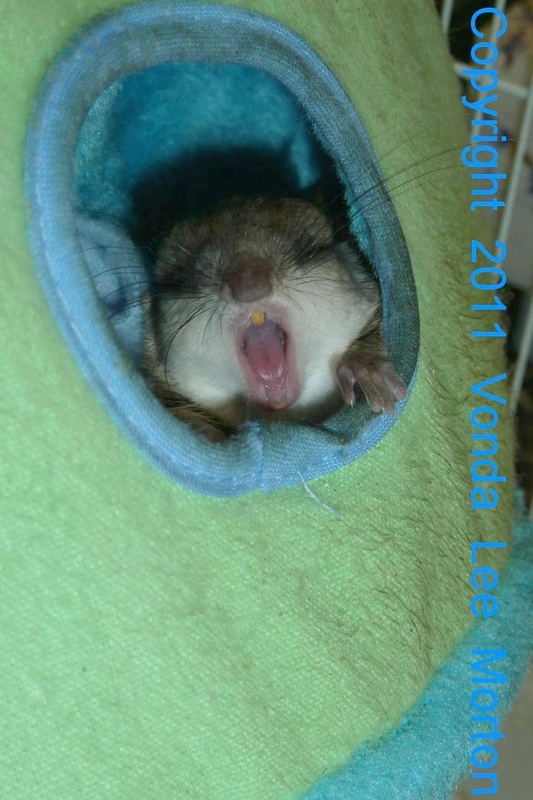
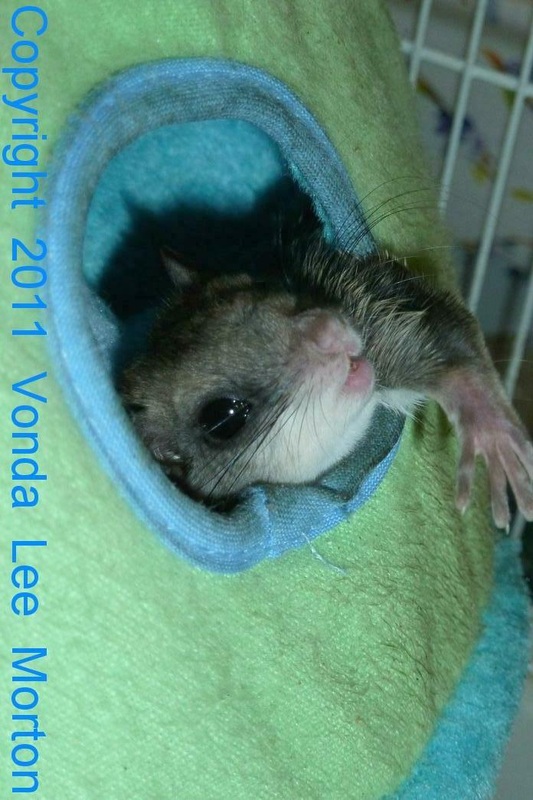
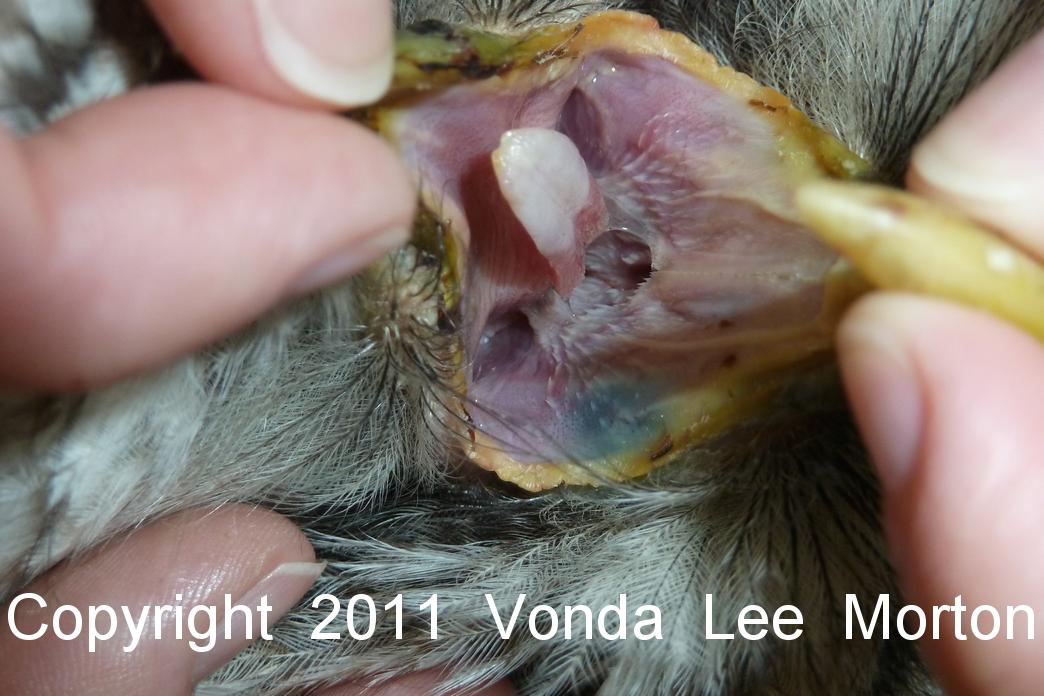
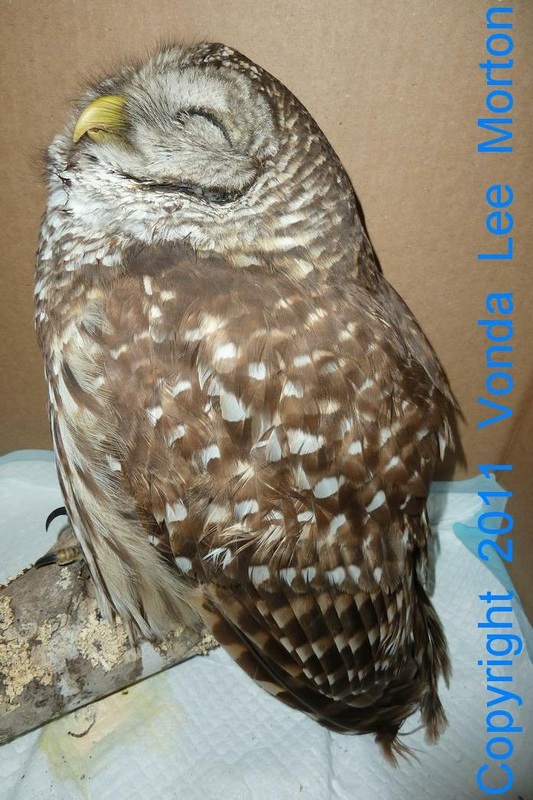
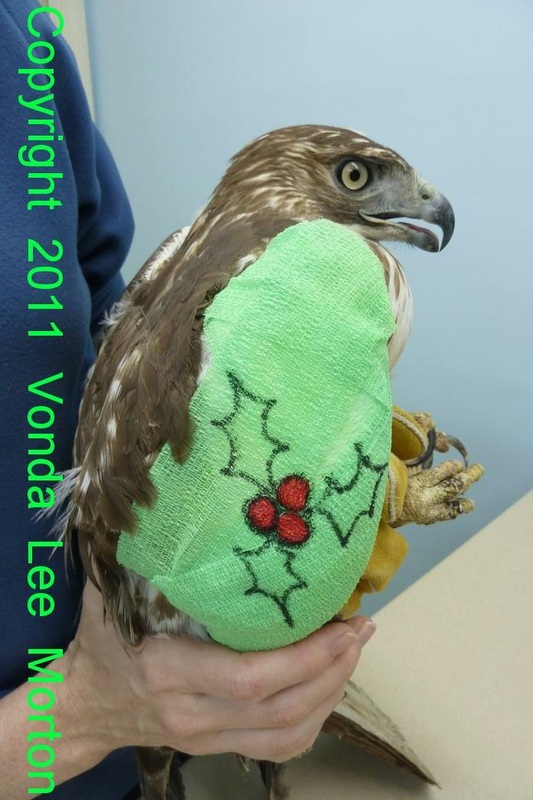
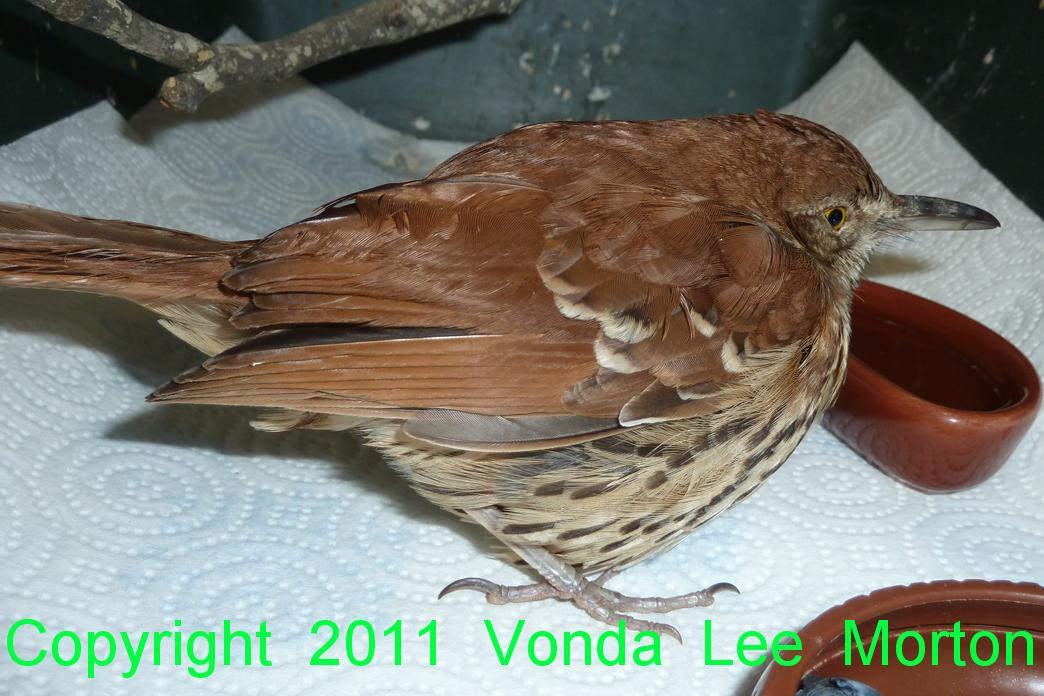
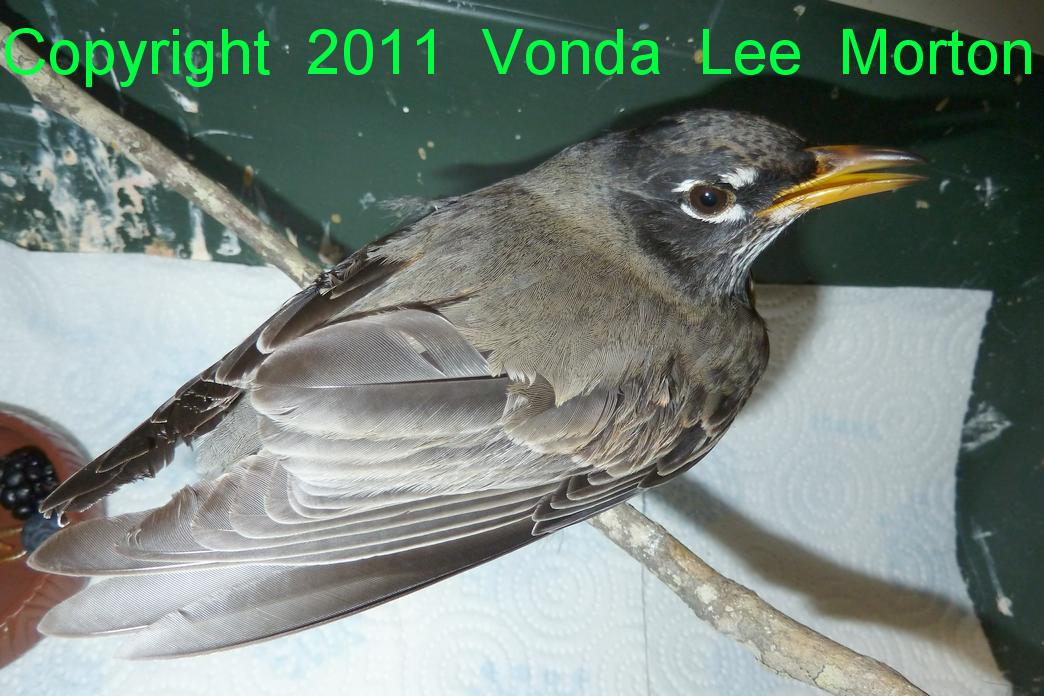
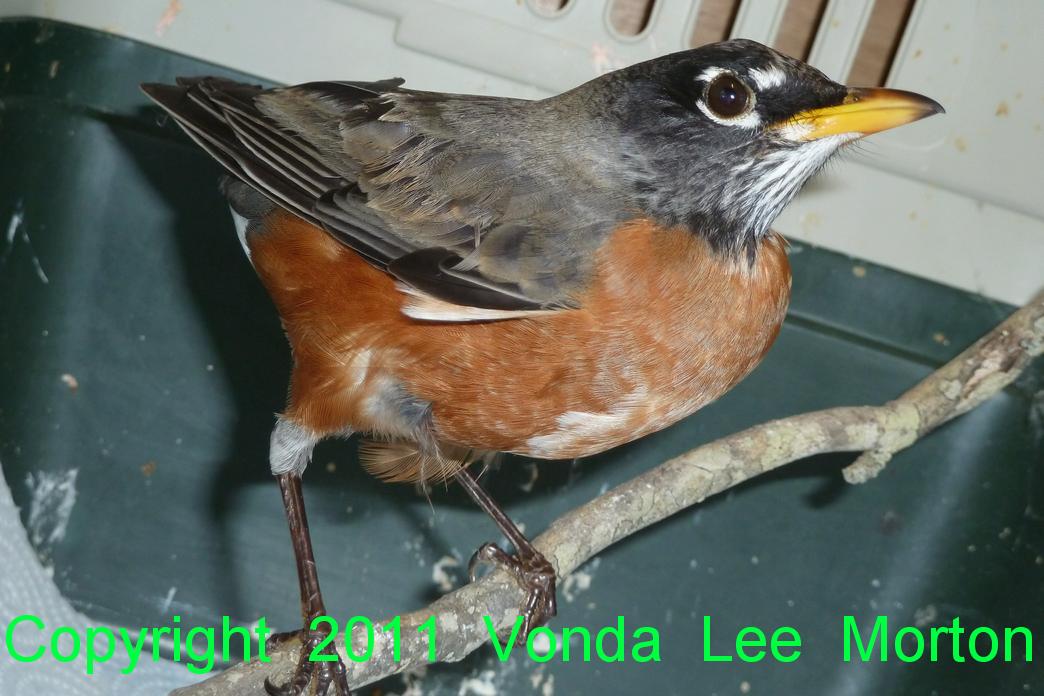
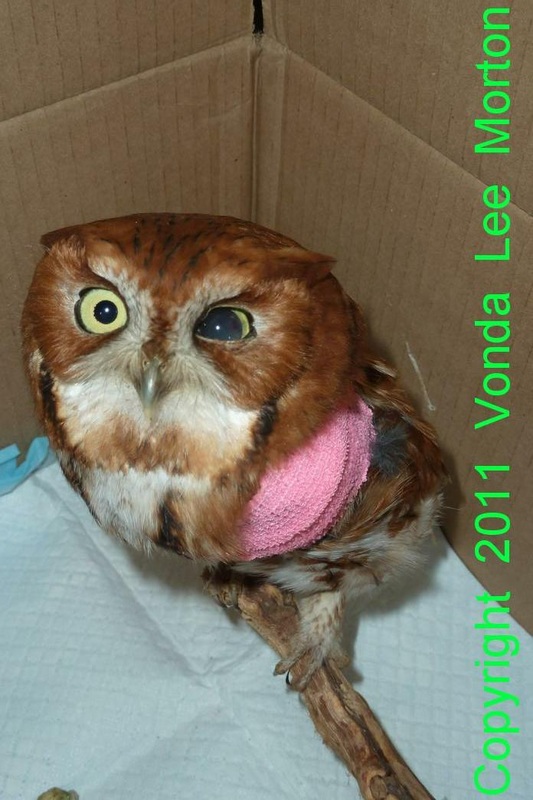
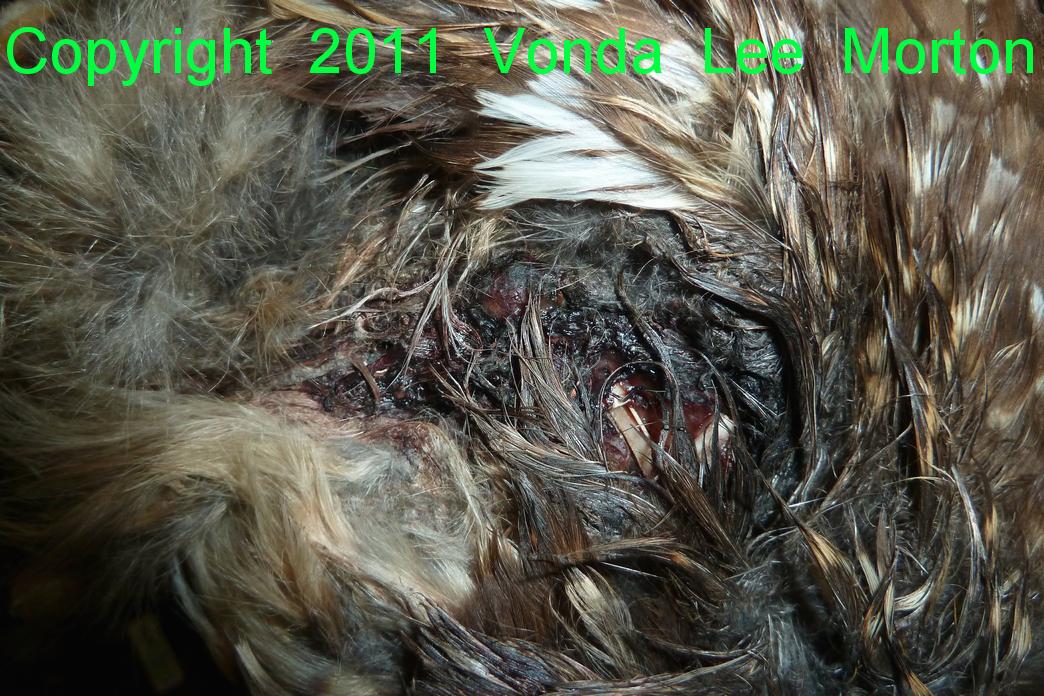

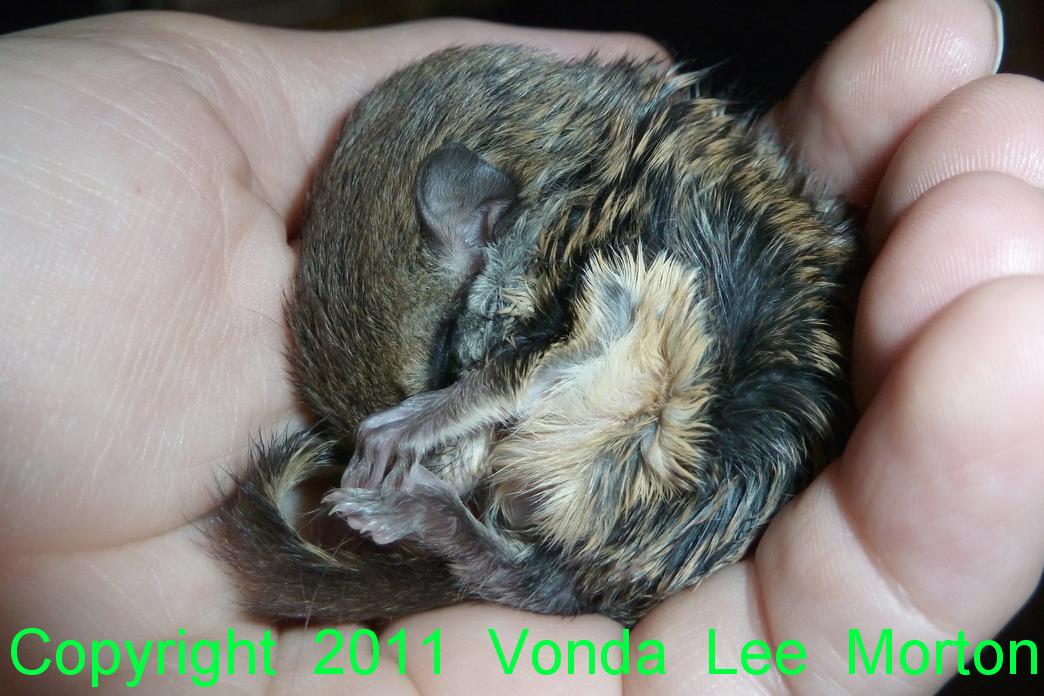
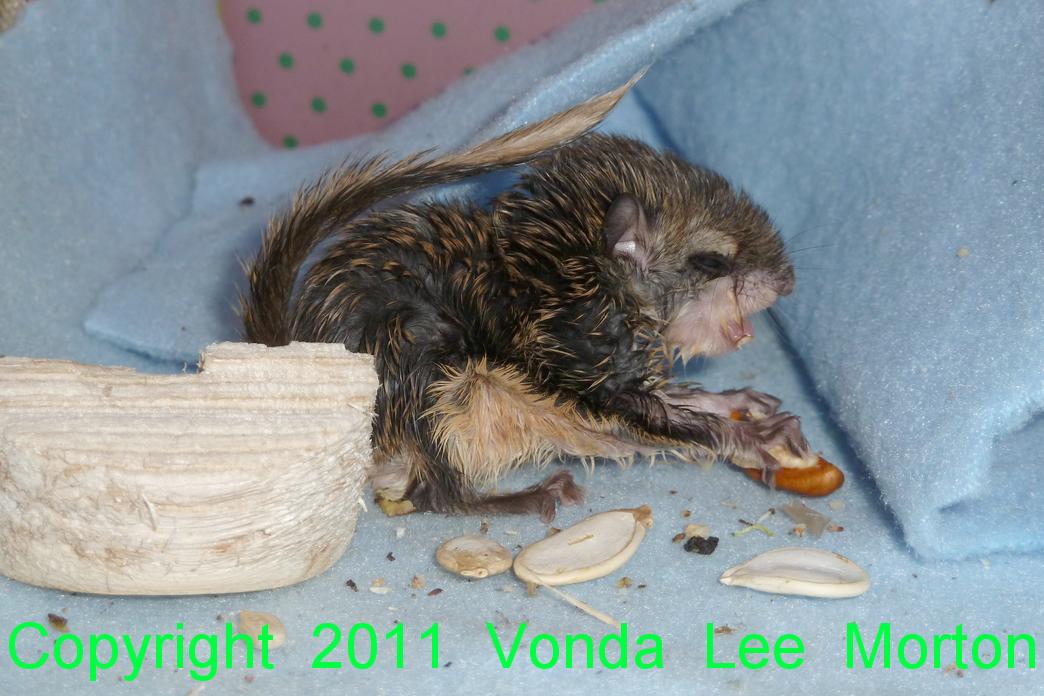
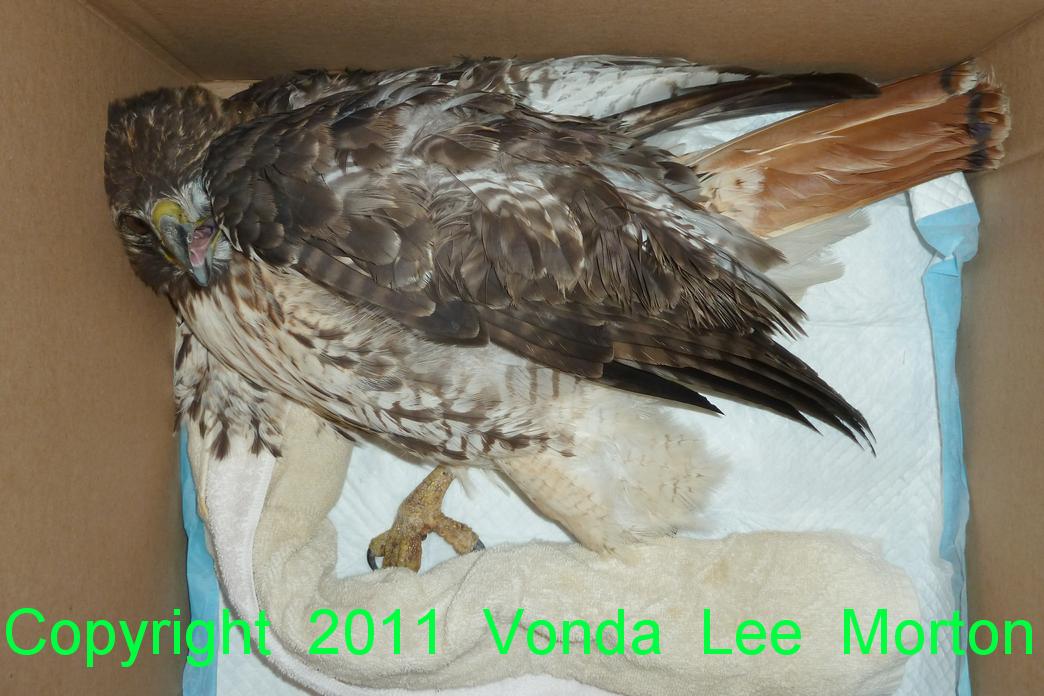
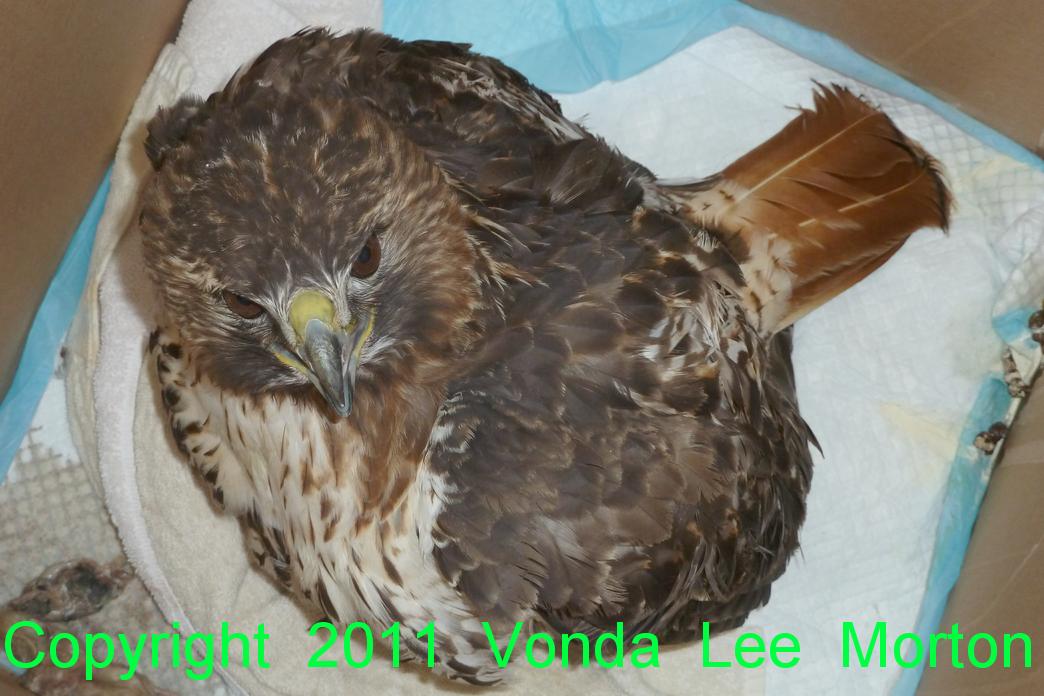

 RSS Feed
RSS Feed
